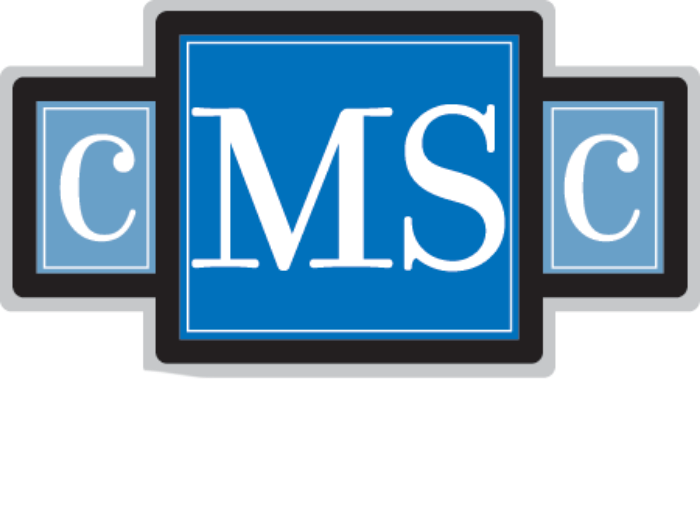Practice Points
- Although more common in younger patients, tumefactive demyelination (TD) can occur in adults 65 years and older. It should be considered as a differential diagnosis in patients of this age presenting with a central nervous system lesion.
- Identification of typical TD findings on MRI and utilization of supporting ancillary tests, including cerebrospinal fluid findings, brain PET, and serum autoantibody screens, may provide opportunities to avoid misdiagnosis and unnecessary invasive investigations such as brain biopsy.
Tumefactive demyelination (TD) refers to a demyelinating brain lesion that mimics a central nervous system (CNS) tumor on neuroimaging.1,2 TD occurs in up to 8.2% of cases of multiple sclerosis (MS).3,4
TD can present in patients with or without known MS.1 Symptoms vary depending on lesion location and associated edema or mass effect.5 MRI is useful for making the diagnosis and excluding common alternative diagnoses such as CNS malignancy, metastasis, or lymphoma, although misdiagnosis can occur.2,5 Brain biopsy should be considered for patients with imaging atypical for TD or when there is a high suspicion of CNS neoplasm.2,5 Intravenous corticosteroids are commonly used to treat acute attacks,6 and MS disease-modifying therapy (DMT) is generally reserved for those with an MS diagnosis.2,5,6
The occurrence of TD in older patients is not widely known, and case reports are rare.7 The peak incidence of TD occurs in the fourth and fifth decades of life, with a mean age of onset of 38.5 (SD, 15.39) years.8 In a study of 31 patients with TD, 4 were 65 years or older.9
In this case series, we present 4 patients with TD older than 65 years who were initially misdiagnosed with tumors and describe their presentation, diagnosis, treatment, and outcomes (Table 1; Figure). In 3 cases, patient consent was obtained, and, as the fourth patient was deceased without a contactable next of kin, a waiver of consent to include this patient’s anonymized details was obtained from the Concord General Repatriation Hospital Human Research Ethics Committee (application number 2023/ETH01695).
Table 1. Summary of Case PresentationsFigure. Imaging From the 4 CasesCase 1
A 67-year-old woman presented with a 1-month history of cognitive decline, headache, left-hand weakness and numbness, left facial droop, urinary urgency, and falls. Her medications were esomeprazole for reflux and continuous estradiol/norethisterone acetate. She was vaccinated against influenza 1 month and against COVID-19 (ChAdOx1) 2 months prior to presentation.
A brain MRI revealed an isolated, ring-enhancing lesion of the right corona radiata with surrounding vasogenic edema. She was treated with dexamethasone 4 mg twice daily, and the lesion was resected 13 days later due to suspicion of malignancy. Histopathology confirmed a primary demyelinating process with numerous foamy macrophages, perivascular infiltrates, and reactive astrocytosis, with no features suggesting acute disseminated encephalomyelitis (ADEM).
No immunotherapy was started. Eighteen months later, the patient had residual urinary urgency, reduced visuospatial awareness on the left side, and mildly delayed processing speed, but there was no new MRI activity.
Case 2
A 72-year-old man presented with right-sided visual loss and expressive dysphasia that started 24 hours earlier. His medical history included hypertension, hyperlipidemia, and mitral valve prolapse. His medications were amlodipine, atorvastatin, and vitamin D. He had received the shingles (Zostavax) and influenza (FluQuadri) vaccinations, administered together, 3 months prior to presentation.
An MRI of the brain showed a solitary, large, poorly circumscribed lesion in the left temporal lobe with moderate central gadolinium-enhancement and a peripheral edge of restricted diffusion. Brain biopsy showed sheets of macrophages and perivascular lymphocytes accompanied by myelin loss and relative preservation of axons with rare Creutzfeldt astrocytes. There were no perivenous cuffs of T lymphocytes or macrophages associated with edema to indicate ADEM.
Five weeks after presentation, he received 3 days of intravenous methylprednisolone (IVMP) 1 g daily. He had a minor improvement in dysphasia and persisting right homonymous hemianopia. No immunotherapy was started. Four years later, he was clinically and radiologically stable.
Case 3
An 82-year-old man presented with dysarthria and a history of emphysema and rheumatoid arthritis treated with prednisolone 5 mg daily and sulfasalazine.
An MRI of the brain demonstrated an enhancing lesion in the deep white matter of the left cerebral hemisphere and multiple periventricular white matter lesions reported as chronic small vessel disease. Histopathology of the resected lesion confirmed demyelination with scattered prominent gemistocytes and marked infiltrate of foamy histiocytes, as well as T lymphocyte predominant perivascular and mild interstitial lymphocytic inflammation. A Creutzfeldt cell was noted. A diagnosis of MS was made retrospectively after recognition that the periventricular lesions were typical of MS.
He received 3 days of IVMP 1 g daily, with mild improvement in speech. He requested MS treatment and commenced teriflunomide 14 mg daily. At 9 months of follow-up, he remained free of further MS disease activity.
Case 4
A 70-year-old man presented with a subacute onset left hemiparesis with pseudoathetoid movements of the left hand and left-sided neglect. His past medical history included idiopathic neutropenia, hyperlipidemia, and Meniere disease.
An MRI of the brain showed a lesion in the right parietooccipital lobe with poorly defined peripheral enhancement and a mild to moderate burden of chronic small vessel disease. Brain biopsy indicated demyelination consistent with primary demyelination with numerous macrophages, some reactive astrocytes, and scanty perivascular and interstitial lymphocytes. Post biopsy, he was treated for focal motor seizures with levetiracetam and clonazepam.
He received 3 doses of IVMP 1 g daily, with improvement in mobility. No immunotherapy was started. There was no further clinical or radiological disease activity after 14 months of follow-up.
Discussion
We describe 4 cases of TD in patients older than 65 years. The initial diagnosis in these cases included stroke, CNS lymphoma, and glioma. All of the patients were exposed to the risks of lesion biopsy or resection prior to diagnosis.10 We propose that biopsy could have been avoided for the patient in case 3, where other MS lesions on the MRI suggested a demyelinating pathology, and for the patient in case 1, who presented with an open, ring-enhancing lesion with the incomplete portion facing the gray matter, a specific imaging finding for TD.2,11
The patients in cases 1 and 2 presented with TD following vaccination. TD can be a manifestation of ADEM, but the current diagnostic criteria for ADEM require polyfocal neurological deficits and MRI lesions. These patients, however, presented with neurological deficits caused by a solitary TD lesion. These 2 patients also had brain histopathology more consistent with primary demyelination due to MS rather than ADEM. Lesional histopathology characterized by perivenous demyelination is typical in ADEM in contradistinction to the confluent demyelination seen in MS. In addition, all patients were myelin oligodendrocyte glycoprotein antibody negative on cell-based assays, an important finding as ADEM is a common clinical phenotype of myelin oligodendrocyte glycoprotein antibody–associated disease.12
Although there are no pathognomonic findings for TD, aside from histopathological confirmation, the typical features of TD that favor the diagnosis are outlined in Table 2. Although less informative in our cases, cerebrospinal fluid (CSF) findings, brain and whole-body PET, MRI of the spine, and serum autoantibody and vasculitis screening are important tests before biopsy. CSF-restricted oligoclonal bands (OCBs) can support MRI findings in suggesting demyelination; however, only 52% of cases of TD without known MS present with unmatched OCBs.6 CSF OCBs were negative or matched in serum in all our cases, although not tested until after biopsy. All 4 cases demonstrated raised CSF protein, which, although not typical of MS, may be indicative of the older age of our patients13 or secondary to brain biopsy. A hypometabolic appearance on brain PET is also reassuring in excluding lymphoma or a high-grade CNS neoplasm. We suggest that CSF studies and PET imaging should be completed before biopsy if there is diagnostic doubt about a demyelinating process vs a tumor.
A detailed discussion of the approach to diagnosis and therapy of TD is beyond the scope of this article but has been extensively reviewed by the authors in a recent publication.2 In short, a 3-day course of intravenous methylprednisolone is an appropriate initial treatment for most TD lesions, with follow-up imaging in 4 to 6 weeks to assess response. After this initial period, ongoing decisions about commencing immunosuppression or MS DMT for TD should relate to whether the patient otherwise meets diagnostic criteria for MS (eg, due to the presence of other demyelinating lesions). MRI and clinical surveillance are recommended in all cases, even those not starting long-term therapy.2
Only the patient in case 3 fulfilled diagnostic criteria for MS and was started on an MS DMT. Caution is recommended when beginning immunotherapy as older patients with TD may be more vulnerable to the adverse effects of immunosuppression and are less likely than younger patients to have subsequent attacks.14 Cases 1, 2, and 4 did not merit initiation of a DMT as the patients had a monophasic CNS demyelinating event presenting as a tumefactive demyelinating lesion. These are better defined as cases of TD rather than MS while they remain monophasic. Also, at their age, it is unlikely that the patients’ conditions will evolve into MS.
Conclusions
This case series highlights TD as a differential diagnosis in people older than 65 years with a CNS lesion. Recognizing the typical findings on imaging, with supporting ancillary testing, could provide an opportunity to avoid misdiagnosis and unnecessary, invasive histopathological sampling.








